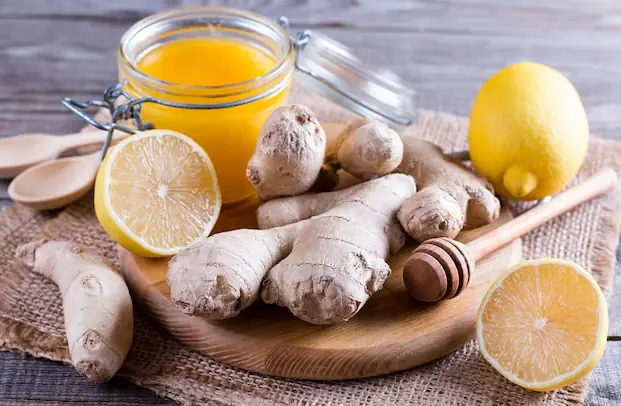
Purslane: The Superfood You Can Grow Anywhere
Purslane: The Tangy Supergreen That Could Transform Your Health and Garden
Imagine a plant that tastes like a tangy lemon, packs more nutrients than your favorite steak, and grows like a weed in your backyard. Meet purslane—an often-overlooked leafy green that's quickly gaining recognition as a nutritional powerhouse. With its juicy, succulent leaves and crisp, crunchy stems, this humble weed might be the surprising health boost you've been missing all along.
Whether you're looking to improve your diet, strengthen your body as you age, or simply grow your own food more sustainably, purslane could be your secret weapon. Ready to find out why this vibrant green deserves a spot on your plate—and maybe even in your flowerbed?
Why Nutrition Matters More As We Age
As we get older, maintaining energy, strength, and overall health becomes more challenging. You may have noticed your joints creaking, energy levels dipping, or your meals feeling less satisfying. These subtle shifts can signal that your body isn’t getting the nutrients it once easily absorbed.
Poor nutrition often sneaks up on us, especially for older adults with limited access to fresh produce, fixed incomes, or dietary restrictions. The result? Fatigue, weaker immune systems, reduced muscle mass, and increased risk for conditions like high blood pressure or heart disease. Worst of all, you might start feeling older than you are—missing out on the joy of gardening, walking, or playing with your grandkids.
One Plant, Three Big Benefits
What if one simple plant could help fill those nutritional gaps—without requiring a new prescription or a trip to a specialty store?
In the next few minutes, you’ll learn three powerful reasons why purslane belongs in your garden and your diet. First, we’ll unpack its status as a nutrient-dense superfood. Next, we’ll show you how it thrives in even the toughest growing conditions. And finally—here’s the kicker—we’ll reveal just how easy it is to cook and enjoy every day.
Let’s dig into seven compelling reasons why purslane might just become your new favorite green.
Reason 1: Purslane Is a Nutritional Powerhouse
Also known by its scientific name Portulaca oleracea, purslane is unusually rich in omega-3 fatty acids—healthy fats that may help reduce inflammation and support heart and brain health. Fun fact: purslane contains more omega-3s than many fish, making it a fantastic plant-based option for vegetarians or those cutting back on meat.
Beyond omega-3s, purslane is packed with vitamins A, C, and E—potent antioxidants that protect your cells from age-related damage. It also delivers magnesium, potassium, and iron, minerals essential for energy production, muscle function, and maintaining healthy blood pressure.
For older adults, this makes purslane a nutritional multitasker—one that supports mobility, immunity, and overall vitality.
Reason 2: It Practically Grows Itself
Purslane is incredibly easy to grow, even for people with no gardening experience. It thrives in poor soil, tolerates drought, and laughs in the face of heatwaves. Whether you’re working with a backyard garden or a couple of pots on your apartment balcony, purslane requires minimal maintenance.
Here’s a fun fact: purslane is so hardy, it can grow between sidewalk cracks! Once established, it spreads quickly, giving you a steady supply of fresh, nutrient-rich greens. No more expensive trips to the health food store—just step outside and harvest what you need.
Reason 3: It’s a Kitchen Chameleon
Purslane isn’t just healthy—it’s delicious and versatile. Its slightly sour, lemony taste pairs beautifully with tomatoes, cucumbers, and yogurt-based dressings. You can:
-
Toss it fresh into salads
-
Blend it into smoothies
-
Sauté it with garlic and olive oil
-
Add it to omelets or soups
-
Use it as a meat substitute in plant-based meals
Some cultures have prized purslane for centuries, using it in traditional recipes not just for flavor but for its satisfying, hearty texture. It’s a great fit for people trying to lower their cholesterol, eat fewer processed foods, or transition to a plant-forward lifestyle.
Reason 4: It Supports Digestion
Purslane contains a natural substance called mucilage, a gel-like fiber that can help soothe the digestive tract. This makes it especially useful for older adults dealing with mild digestive discomforts like bloating or irregularity. Adding purslane to your meals may help keep your gut calm and running smoothly.
Reason 5: It’s Low in Calories, High in Nutrients
Trying to manage your weight without sacrificing nutrients? Purslane contains just 20 calories per cup, making it ideal for people watching their calorie intake while still wanting to feel full and energized. You get a rich dose of fiber, vitamins, and minerals—without the heaviness of high-calorie foods.
Reason 6: It May Boost Immunity
A single cup of purslane provides up to 25% of your daily vitamin C needs, a key nutrient in keeping your immune system strong. Especially during the colder months or flu season, purslane can be a simple, natural way to help your body fend off illness.
Reason 7: It’s Eco-Friendly and Sustainable
In a world where food prices are rising and climate concerns are growing, purslane is a low-impact crop that reduces your reliance on store-bought produce. Growing your own greens—even just a pot on your windowsill—can save money, cut down on packaging waste, and offer the peace of mind that comes from knowing exactly what you’re eating.
How to Safely Add Purslane to Your Life
Ready to give purslane a try? Start by planting seeds in a sunny spot or shallow container with well-draining soil. Water lightly, and within weeks you’ll have a lush patch of edible greens. No room to grow it? Look for it at farmers markets, health food stores, or even in wild patches (just make sure it's free of pesticides).
Before eating, always rinse thoroughly to remove dirt and debris. You can:
-
Add a handful to salads or wraps
-
Blend it with fruit in a smoothie to balance the tang
-
Steam or sauté it lightly to reduce oxalates (natural compounds that can affect kidney health if eaten in large amounts)
⚠️ Important Note: Purslane is high in oxalates. If you have kidney issues or are prone to kidney stones, consult your healthcare provider before adding it to your diet. Cooking can reduce oxalate content and make it safer to consume.
A Simple Habit with Big Rewards
To get started, try this: add purslane to one meal per day. Maybe toss it into your lunch salad or stir it into your dinner. If you’re growing it yourself, snip a few fresh leaves daily to keep the plant thriving and your meals exciting.
Small steps can lead to big results. Purslane is low-effort, high-reward—a simple way to reconnect with nature, support your health, and gain confidence in your ability to nourish yourself naturally.
Final Thought: Why Bother with Purslane?
Because it’s more than a weed—it’s a wellness ally. It’s affordable, sustainable, and surprisingly delicious. Growing and eating purslane puts the power of nutrition right at your fingertips—no supplements, no gimmicks, just real food with real benefits.
This week, challenge yourself: plant a few seeds, pick up a bunch at the market, or share this article with a friend. You might discover that this humble green brings not only flavor to your meals, but energy, vitality, and joy to your life.
This article is for informational purposes only and does not replace professional medical advice. Always consult a qualified healthcare provider before making changes to your diet or lifestyle.
News in the same category


It grows everywhere, but this stunning plant hides a dark and dangerous secret… 💬👀
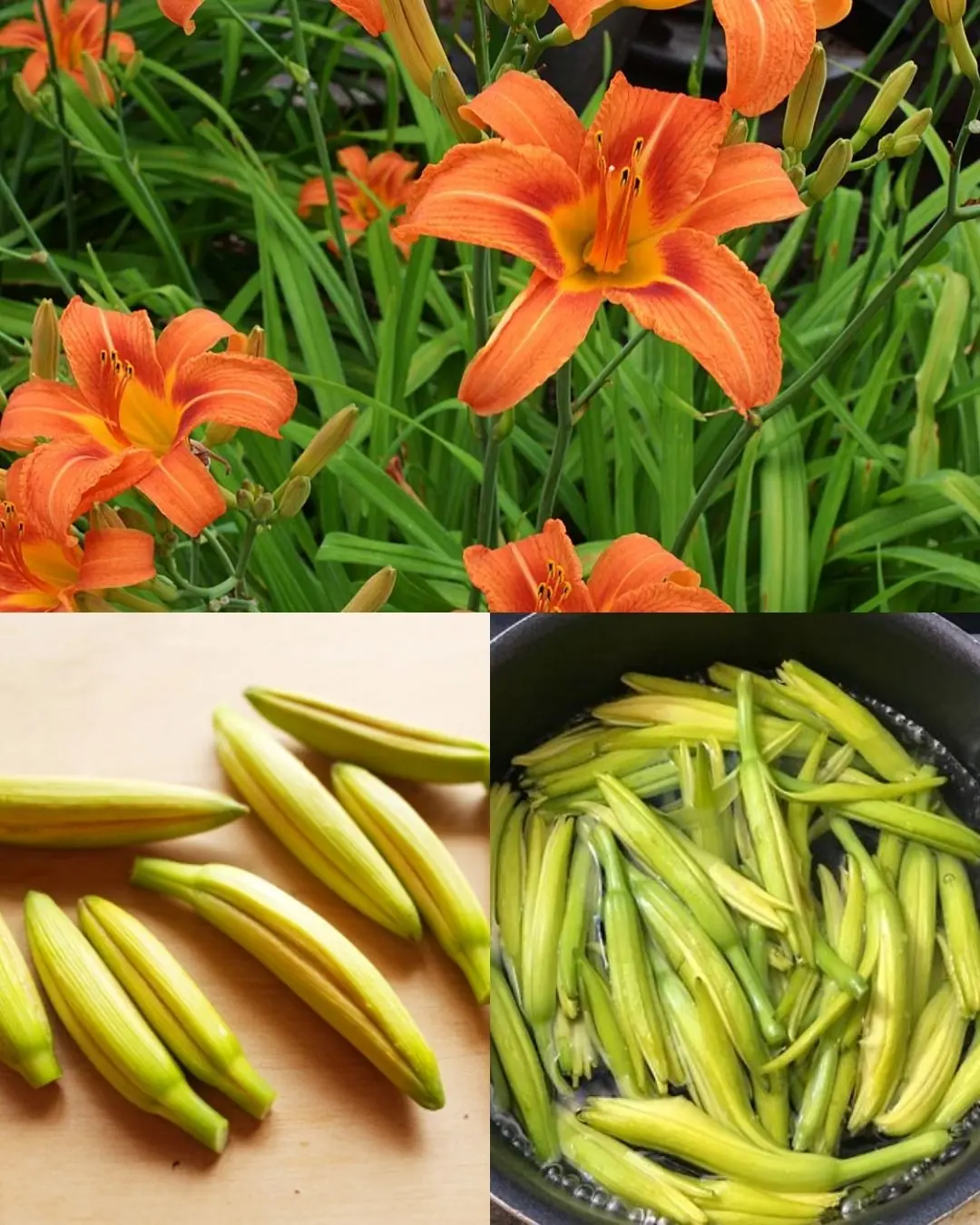
You Thought This Flower Was Just Decorative – Think Again…

Never Throw Away Strawberry Leaves: 17 Powerful Reasons Your Whole Family Will Need Them.
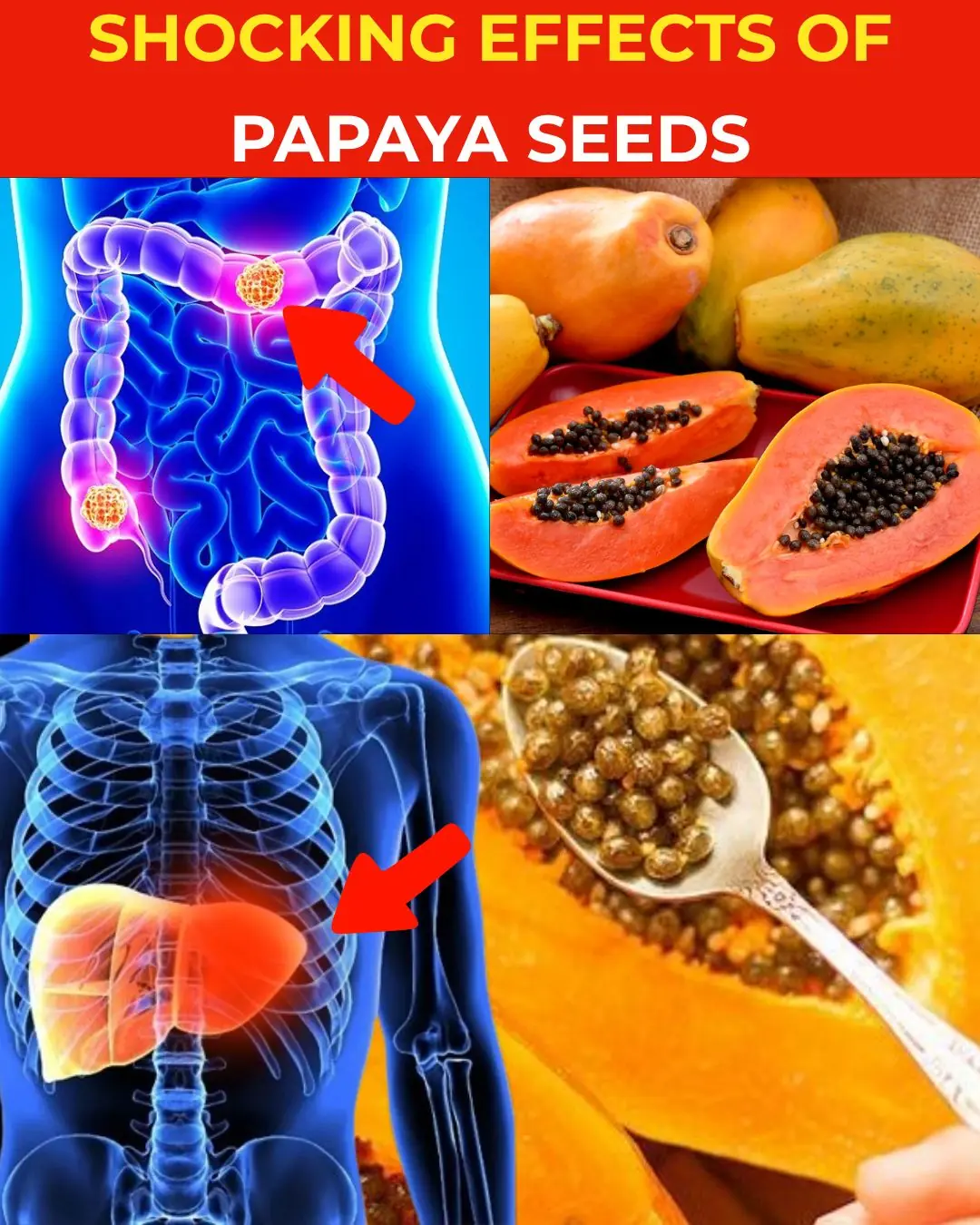
🌱 Discover Papaya Seeds: Nature’s Tiny Powerhouse for Total Wellness
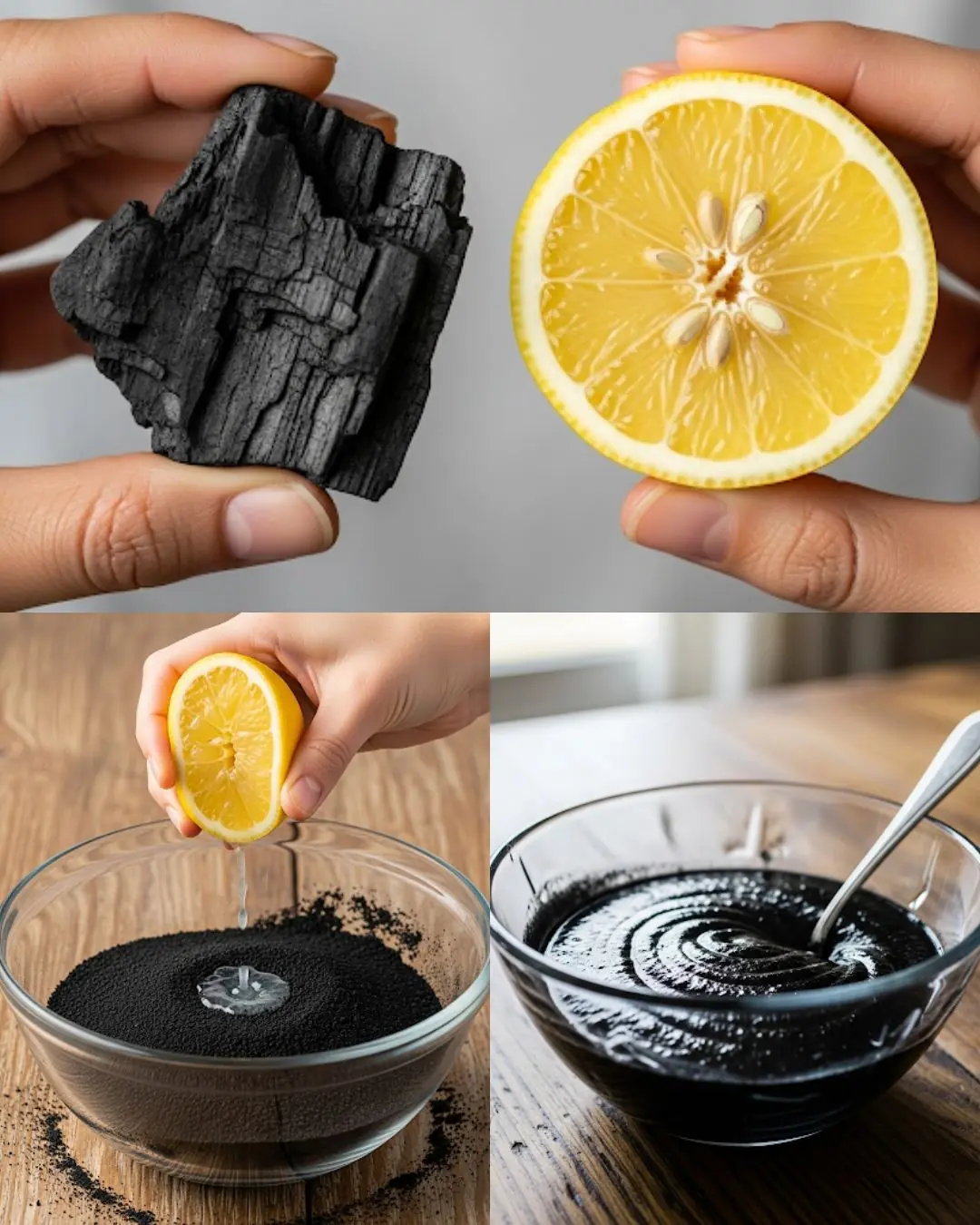
The Magic of Lemon Juice and Activated Charcoal: Natural DIY Solutions for Skin and Teeth
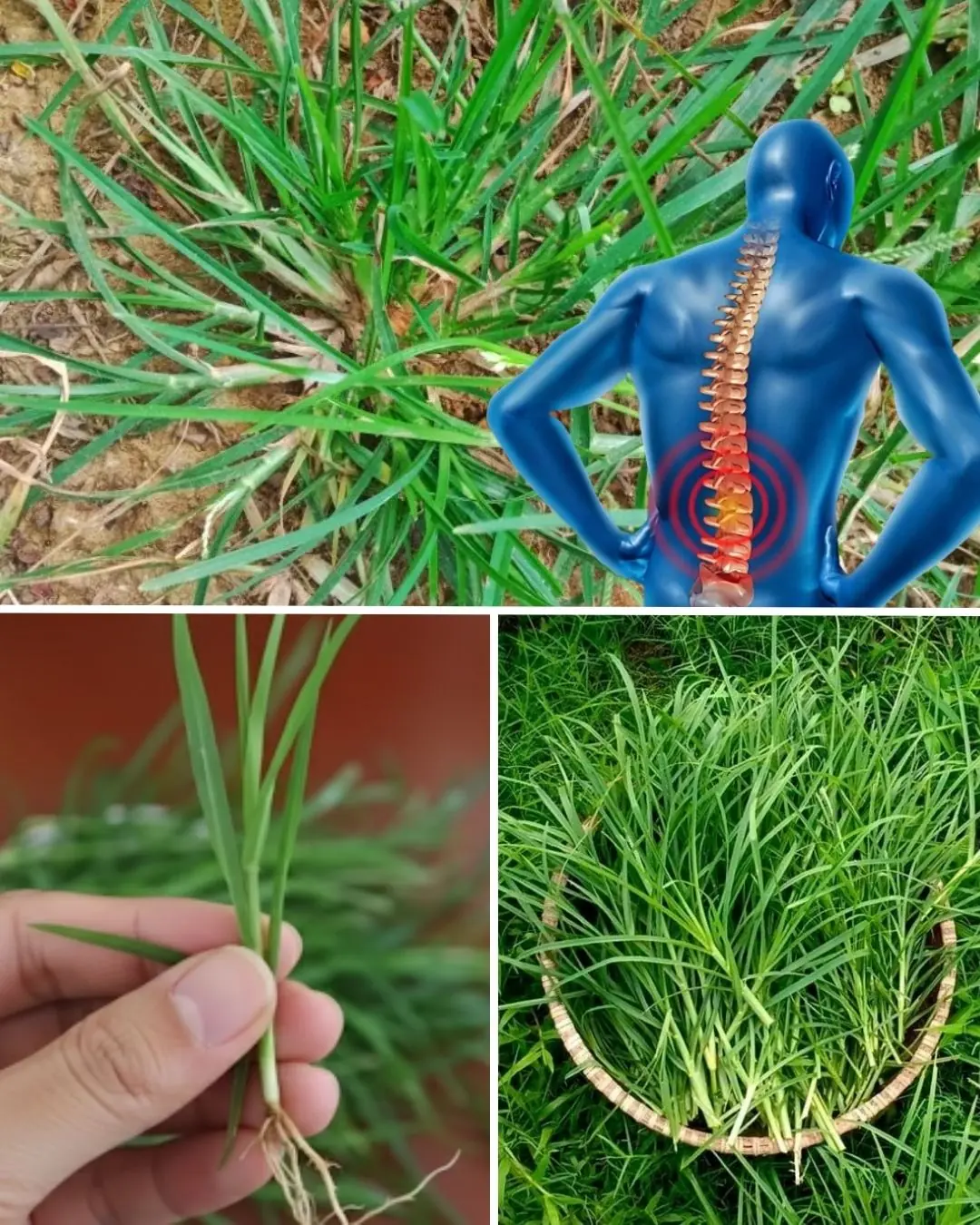
Goosegrass: Nature’s Hidden Wellness Secret
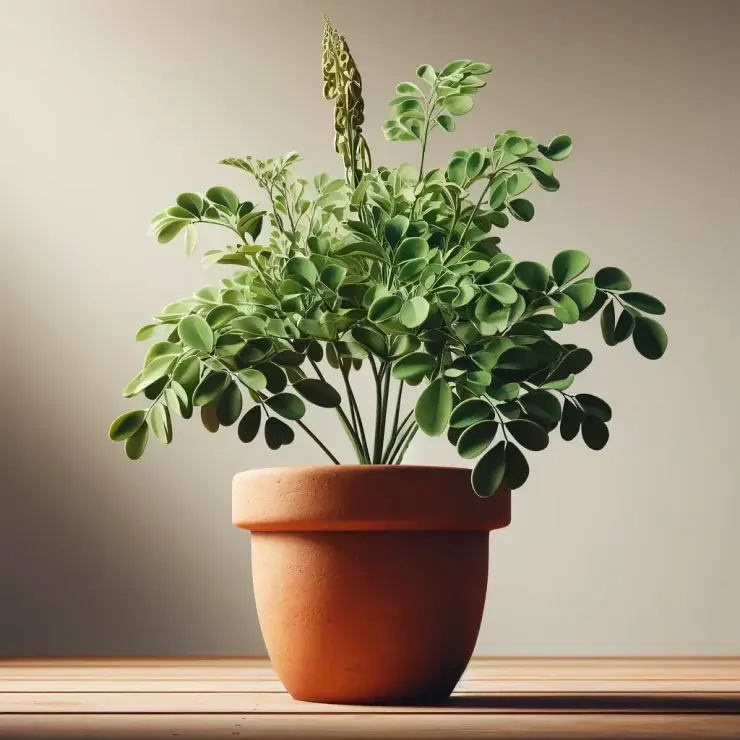
Discover The Miraculous Benefits of Moringa

🚨 ALERT! 7 Strange Signs Your Kidneys Are Crying for Help
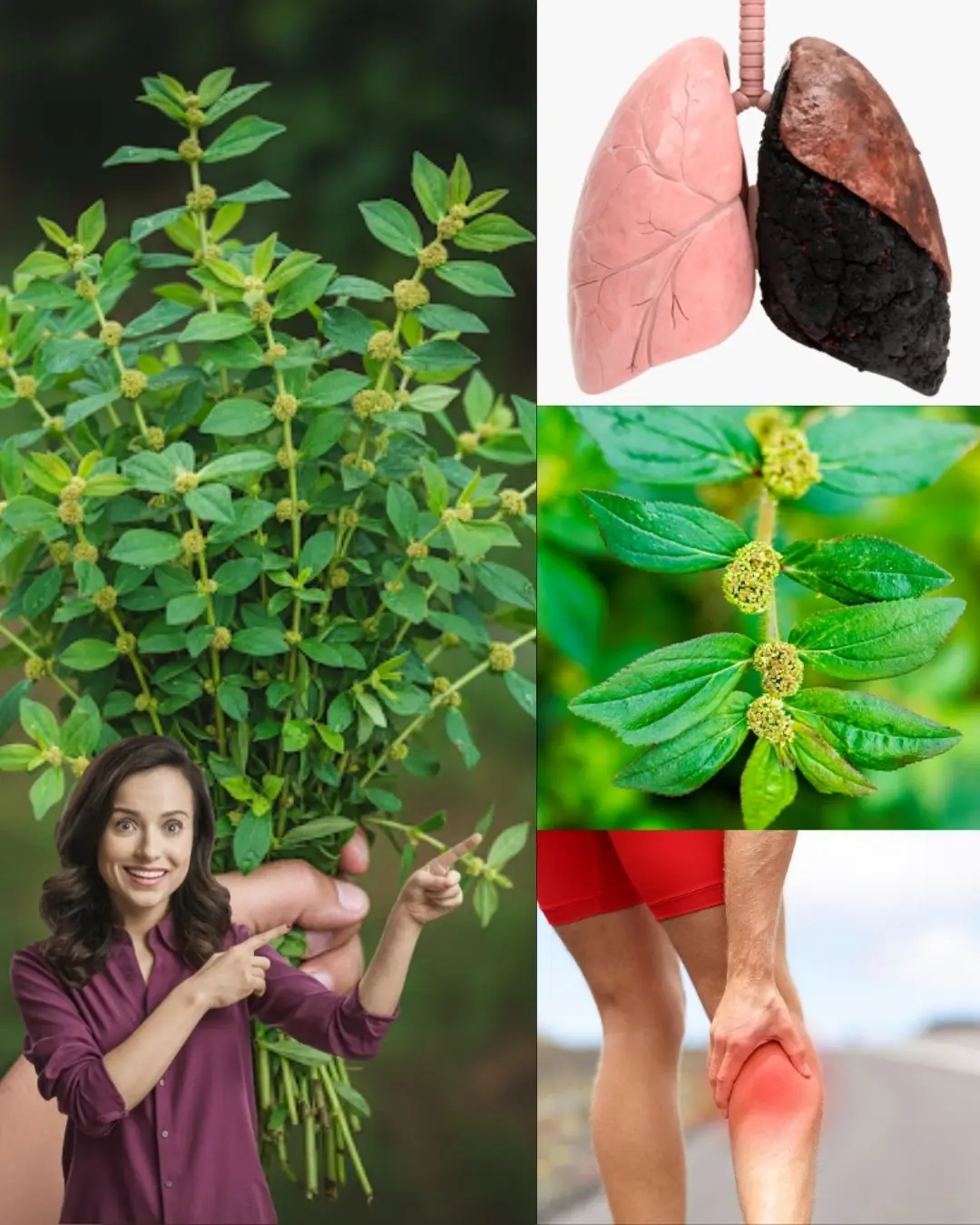
10 Astonishing Benefits of Euphorbia Hirta You Need to Know
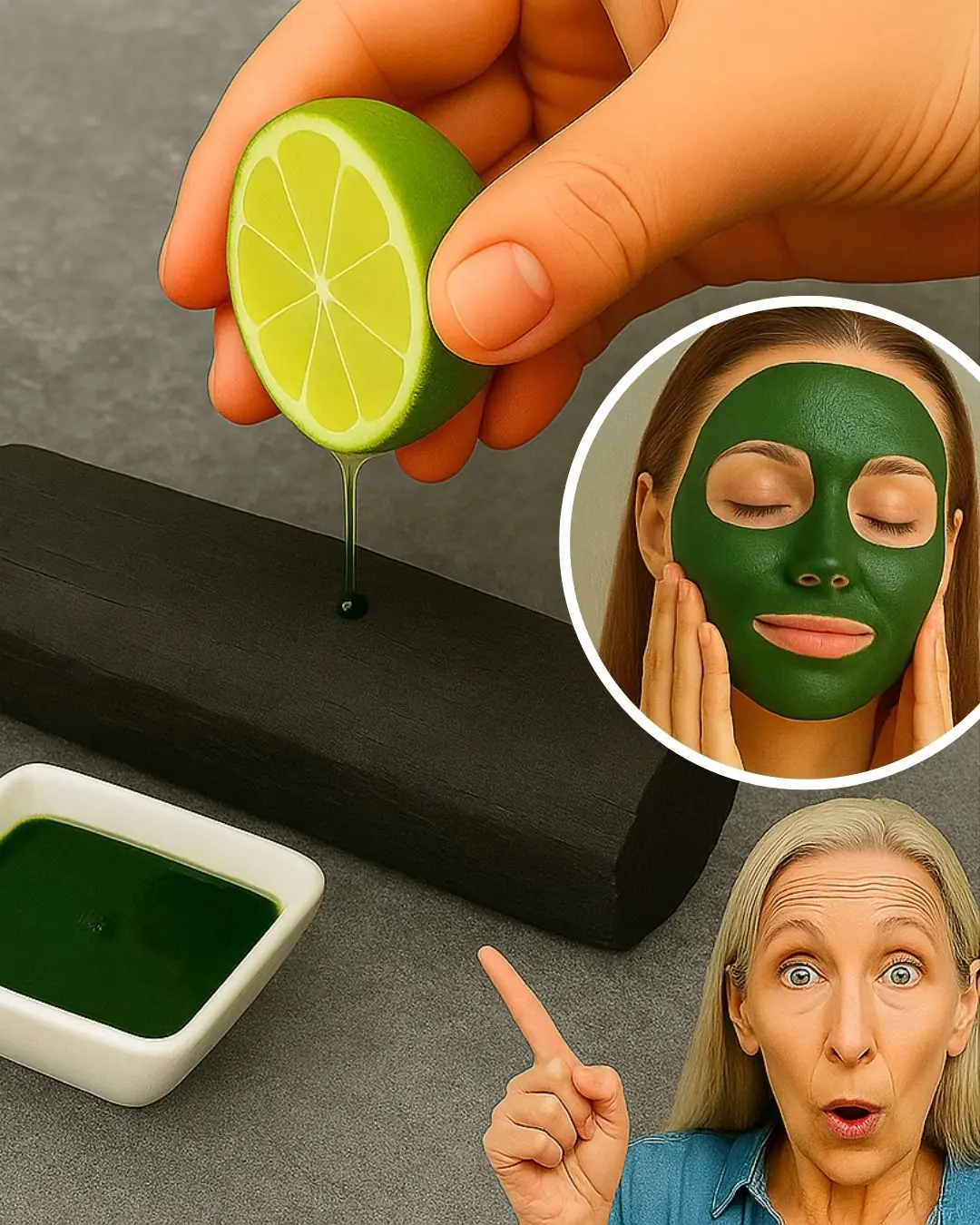
7 Surprising Benefits of Lemon and Activated Charcoal
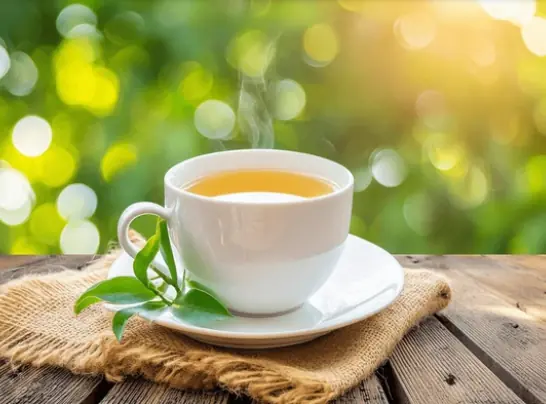
The Best Tea for Mornings and After Dinner: A Powerful Blend for Health
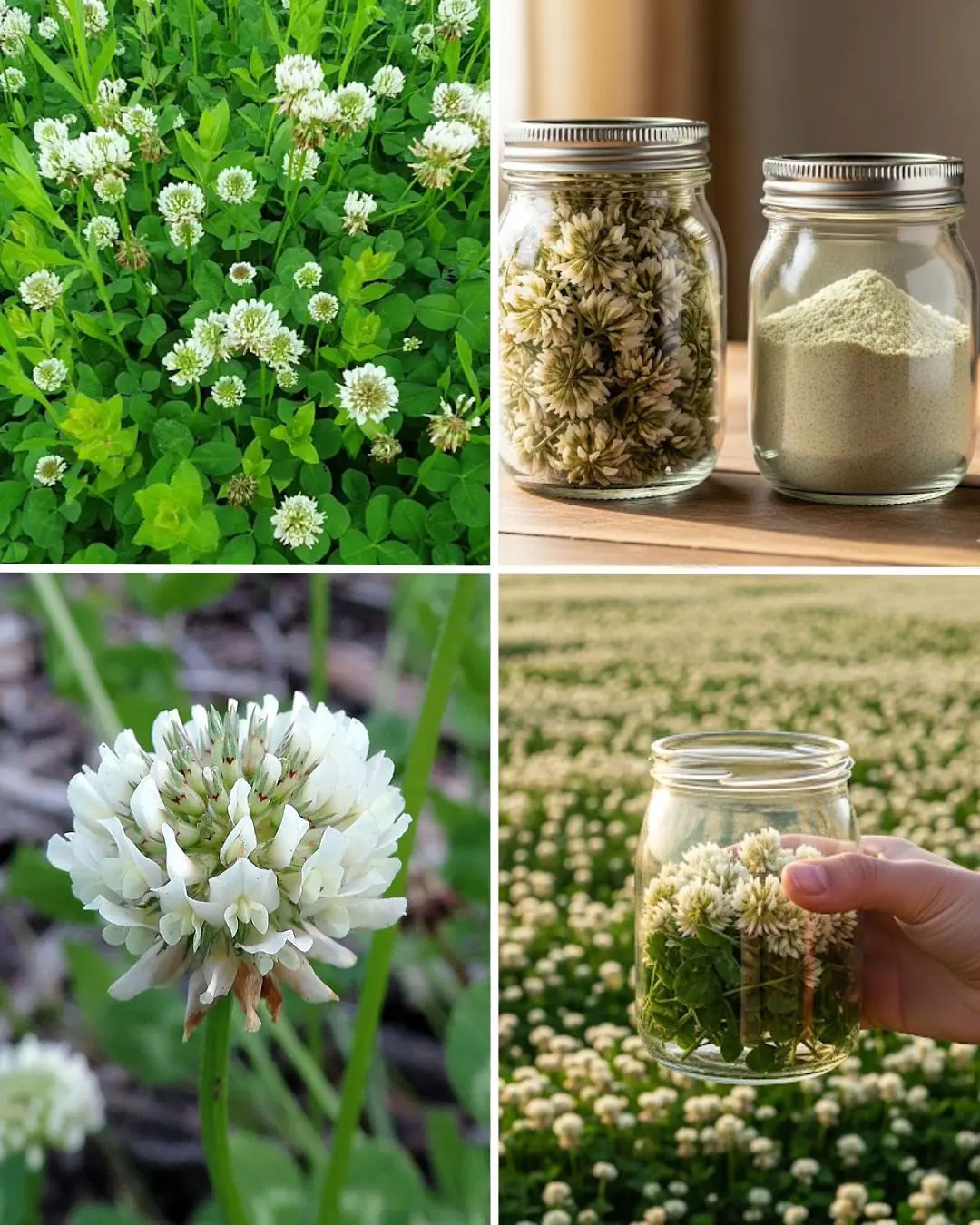
White Clover (Trifolium repens): 15 Benefits and Homemade Uses
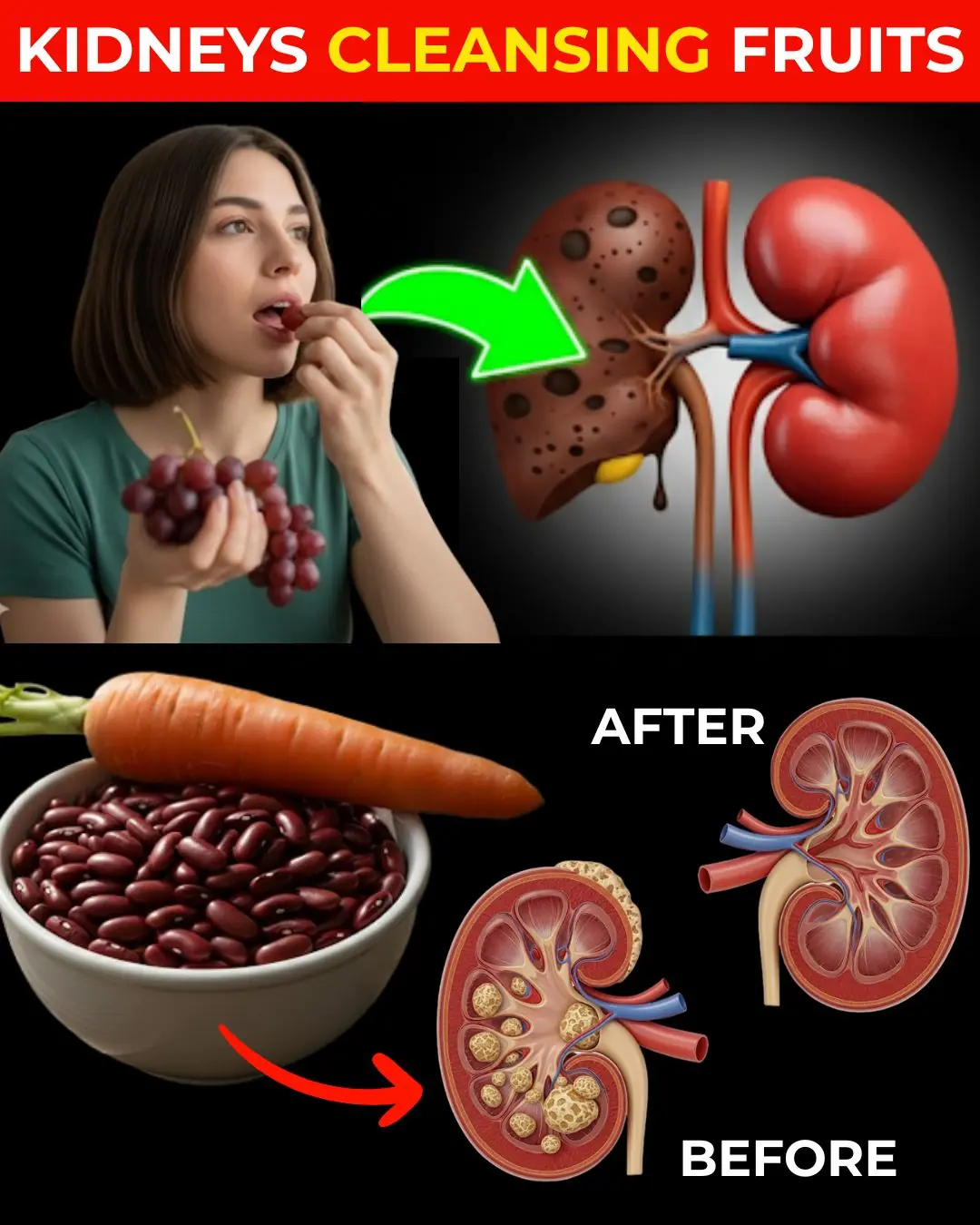
18 Powerful Foods That Help Detox Your Kidneys and Cleanse Them Naturally

🥚 What Happens to Your Body When You Eat 2 Eggs Every Day?
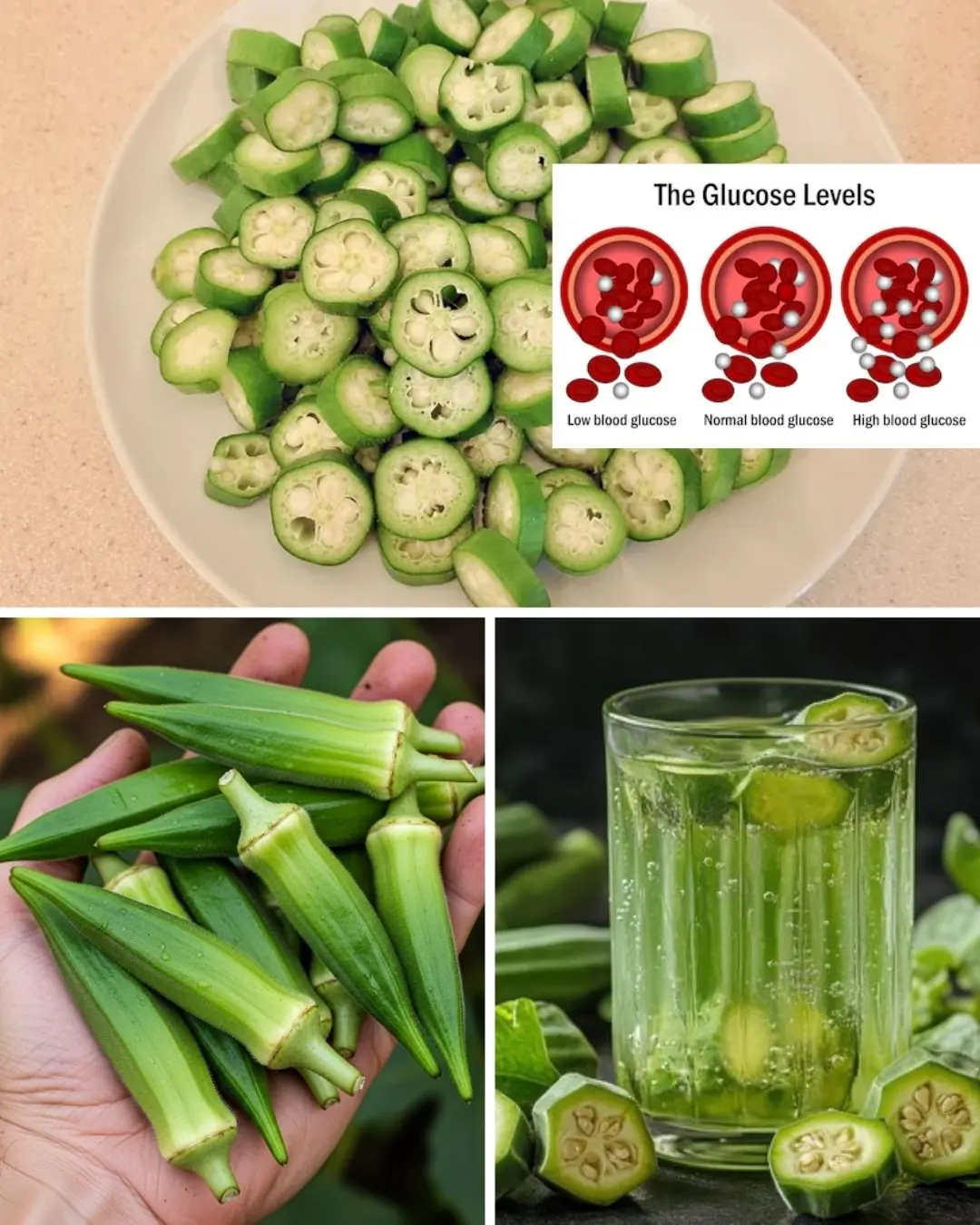
11 Benefits of Drinking Okra Water Every Day
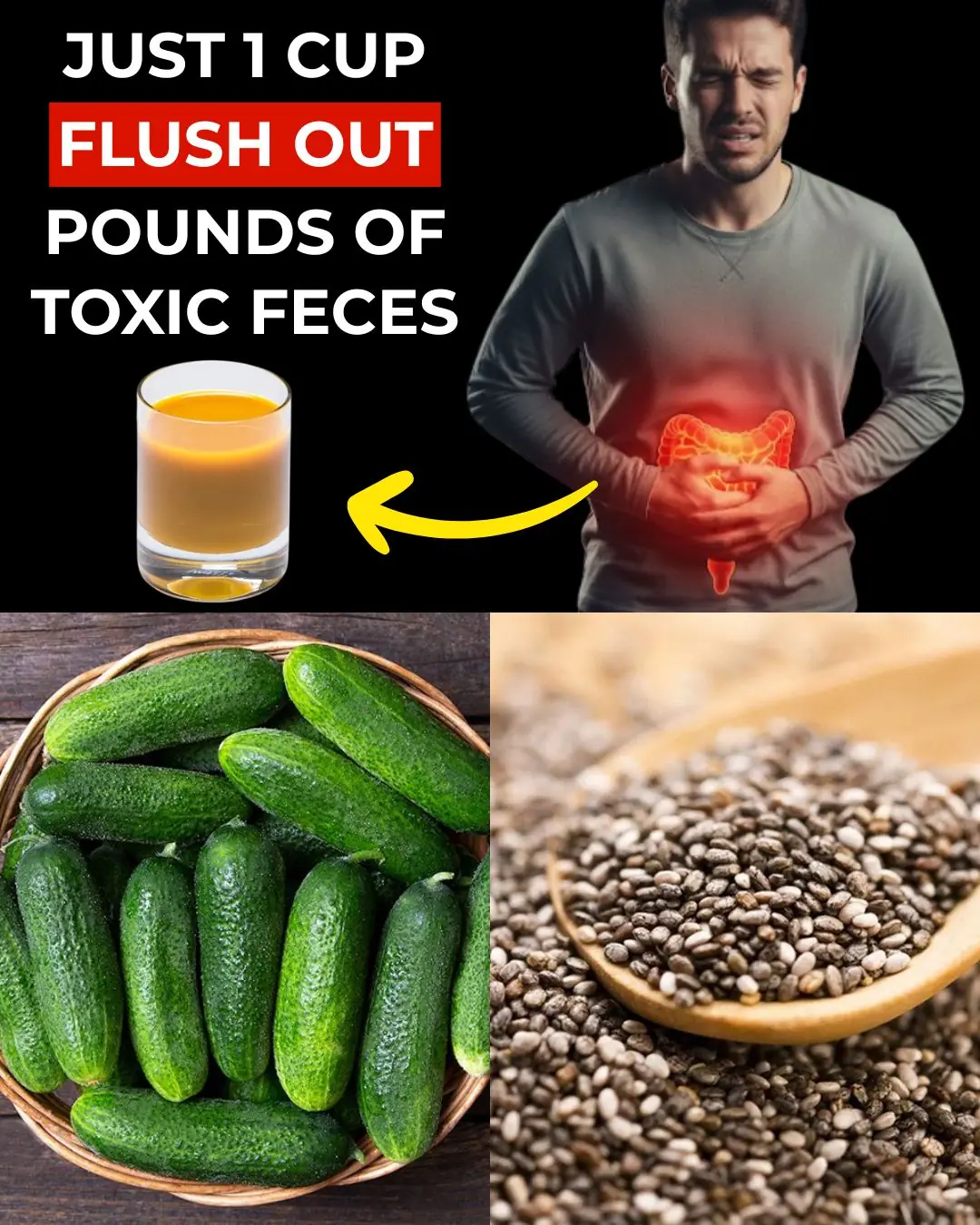
Seniors: Take This for 5 Nights and See What Comes Out in Your Stool!

She Couldn’t Walk and Now Runs Like a Teenager! Cleanse Your Intestines and Liver with Ginger, Lemon, and Carrot
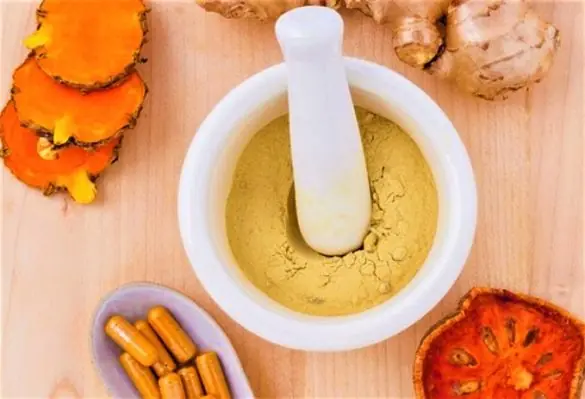
Homemade Herbal Bath Powder For Clear Skin: Bridal Skincare Ubtan
News Post

Tomato Benefits for Skin – Rub Tomato Slice on Face

Science Reveals How This Physical Trait May Indicate Narcissism

Nighttime Habits That Increase Your Risk of Stroke

Add a few drops of essential oil to the water used to clean the floor. Knowing the benefits, every family wants to follow suit.

Put garlic at the bedside, its "golden" uses, anyone who reads this will want to try it.

Honey, Lemon, Onion, Garlic & Ginger: The Daily Spoonful That Works Wonders

Vitamin E Oil uses for Skin – Glowing Skin, Dark Circles & Wrinkles

4 toxic plastic items

The Chicken Seller Said: "These 3 Types of Chicken Meat, No Matter How Cheap They Are, I Never Buy..."

4 Signs Your Kidneys Might Be in Serious Trouble
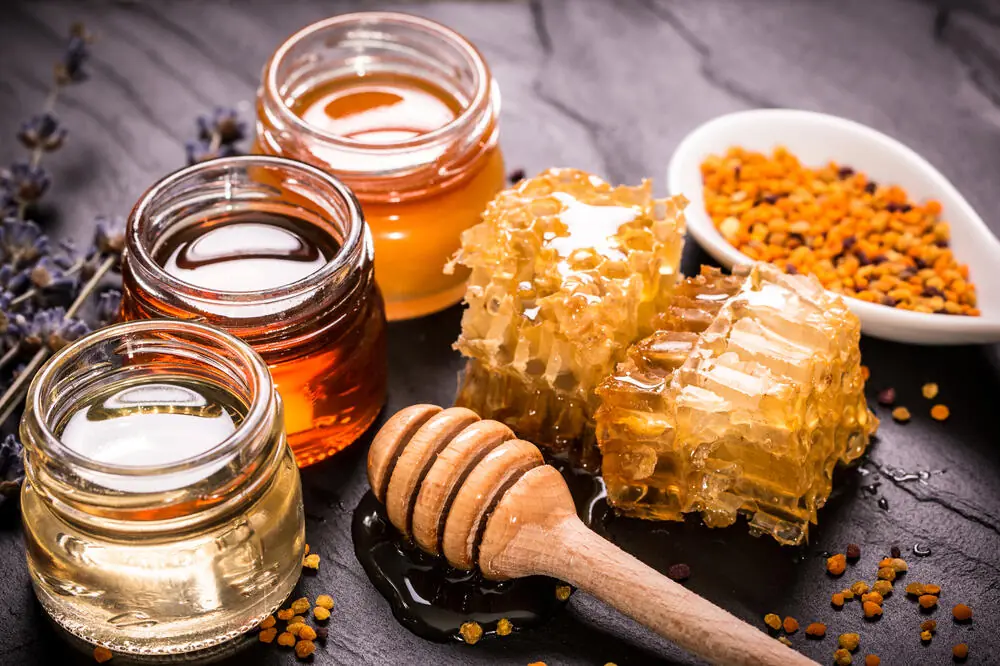
The Potent Remedy: Turmeric and Honey as a Natural Antibiotic

If Your Legs Cramp at Night, You Need to Know This Immediately!

Hanging a Towel on the Door Handle Before Bed: Unexpected Benefits That Few People Know

Why You Should Always Close Your Bedroom Door Before Going to Sleep

The FIRST Sign of HIGH BLOOD SUGAR Is…

The Shocking Effects of Sleeping Less Than 7 Hours

Scientists Have Discovered a “Kill Switch” in The Body That Can Destroy Any Cancer Cell

Snoring Isn't Just Annoying: It Could Be a Serious Health Warning

It grows everywhere, but this stunning plant hides a dark and dangerous secret… 💬👀
